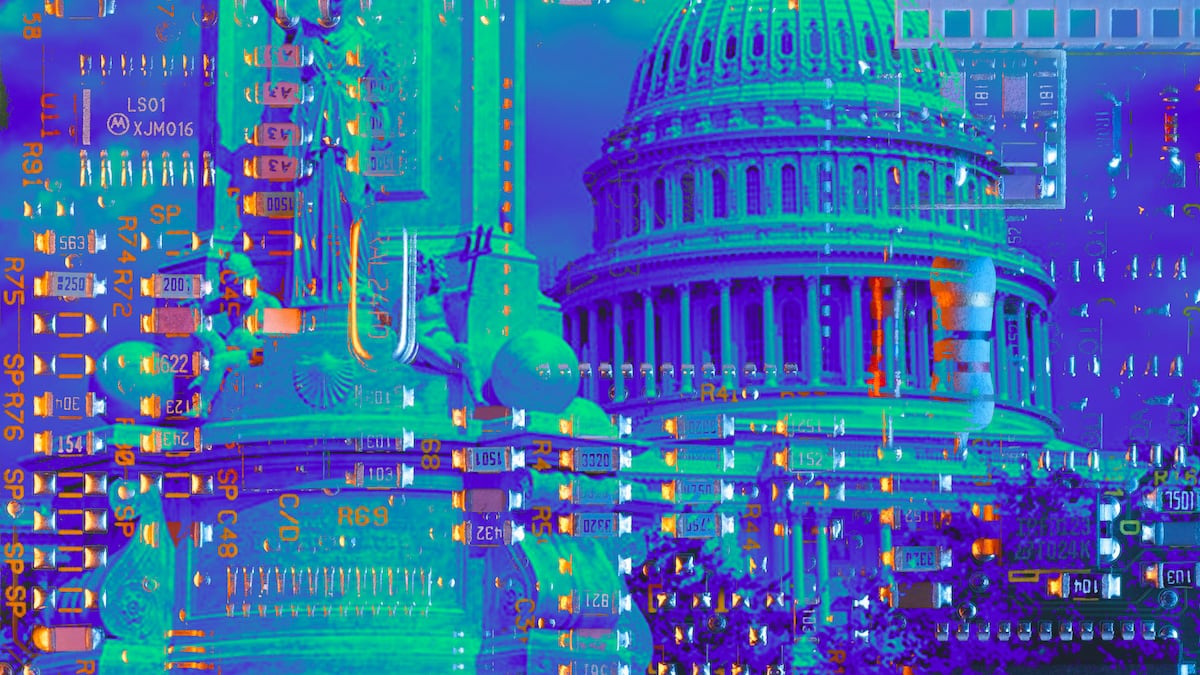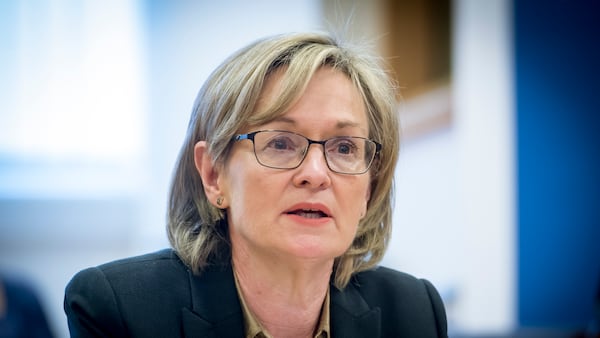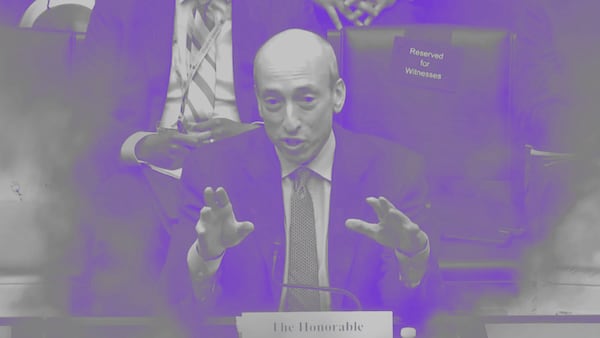The US markets regulators are engaged in a turf war over crypto that’s delaying clarity on stablecoin regulation.
That’s according to Dante Disparte, chief strategy officer and head of global policy at USDC issuer Circle, who told lawmakers on Wednesday during a hearing on stablecoin legislation that as regulators squabble, the US is falling behind the rest of the world.
“A regulatory Game of Thrones at the federal level isn’t helpful,” Disparte said.
Disparte was one of the witnesses who testified in the House Financial Services Committee on Wednesday, after the committee published a draft framework for regulating stablecoins.
Stablecoins have become the latest battleground in the US political war over crypto — politicians have been butting heads over potential plans for central bank digital currencies pegged to the dollar, with crypto backers vehemently arguing that there’s no need for a CBDC as dollar-pegged private stablecoins can to the job.
Meanwhile, the Securities and Exchanges Commission and the Commodity Futures Trading Commission each say that digital assets should fall under their respective purviews. And yesterday, SEC Chair Gary Gensler faced a grilling from lawmakers over his stance on crypto rules.
Disparte argued that stablecoins should “conform with electronic money rules and as a payments and banking innovation, not a securities or commodities innovation.”
Lawmakers also heard from the Blockchain Association’s Jake Chervinsky, Columbia Professor Austin Campbell and New York Department of Financial Services Superintendent Adrienne Harris.
The bill builds on proposals published before the midterm elections pulled the legislative process back to square one. If passed, it will put in place new rules about who can issue a stablecoin, introduce a two-year ban on non-fiat backed stablecoins, and move the Federal Reserve closer to launching a central bank digital currency.
Disparte said clear stablecoin regulations will help the US to compete with other regions such as the EU. The EU Parliament is expected to finalise the Markets in Crypto-Assets regulation on Thursday.
During a debate on MiCA on Wednesday, Mairead McGuinness, the European Commissioner for financial stability, financial services, and the Capital Markets Union, said the regulation puts the bloc ahead of other countries.
Japan and China are also looking to introduce new crypto laws.
NOW READ: Top official touts EU as ‘ahead of other jurisdictions’ as MiCA set to kick in
“The rest of the world is not waiting for the US to issue a comprehensive regulatory approach to payment stablecoins and the broader digital assets market,” Disparte said in his prepared remarks in the House.
Bill ‘fails to learn’
Several lawmakers took the opportunity to criticise the bill. Democrats said its writers have failed to learn from the scandalous implosion of crypto exchange FTX, the $40 billion collapse of stablecoin TerraUSD and Circle’s USDC briefly depegging from the dollar in the aftermath of the banking meltdown in March that shuttered Signature and Silicon Valley Bank.
Predominantly Republican lawmakers shot back, saying that the bill was needed to create more regulatory clarity and put an end to a slew of enforcement actions that have raised the prospect of US-based crypto companies fleeing to more welcoming regions.
Coinbase CEO Brian Armstrong yesterday said he is considering moving his business’s hub to the UK.
NOW READ: Cardano’s new stablecoin DJED is defying sceptics – for now
The bill distinguishes between stablecoins like Circle’s USDC, which are backed by fiat money, and what it calls “endogenously collateralised stablecoin,” essentially stablecoins backed by cryptocurrencies or assets issued by the stablecoin issuer.
If passed, the bill will enforce a two-year ban on endogenously collateralised stablecoins. During that time, the government will study these tokens.
The language in the bill sparked a debate among the crypto community over the weekend, where it seemed unsure whether that definition should also include algorithmic stablecoins like TerraUSD, the collapse of which triggered a six-month manhunt for its founder Do Kwon.
Are you sure? Aren’t it just these which they don’t like? pic.twitter.com/GcwzVCymim
— Curve Finance (@CurveFinance) April 16, 2023
The bill will also impose rules about who can issue stablecoins. It defined “qualified payment stablecoin issuers” as banks, depository institutions and nonbank entities that are registered in a state and “subject “to ongoing supervision and regulation” by state payment stablecoin regulators.
The bill also opened up for a consultation into what the implications of a Federal Reserve-run CBDC are, seemingly paving the way for a state-backed digital currency.
NOW READ: Attacks on CBDCs highlight crypto’s new battleground
While politicians like Senator Elizabeth Warren, a Democrat, have called for the creation of a digital dollar, a group of predominantly Republican lawmakers have warned that a CBDC would choke competition and put consumers’ privacy at risk.
Chervinsky echoed that sentiment in his prepared remarks and argued that stablecoins have “already achieved practically all of what a hypothetical CBDC might do” in terms of providing people around the world with access to dollars.



